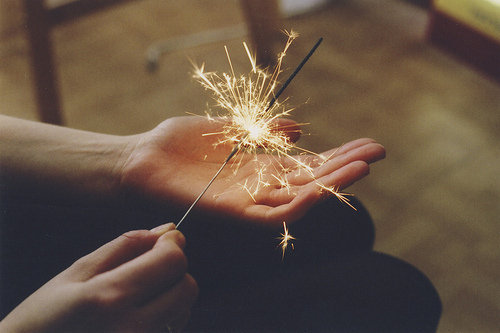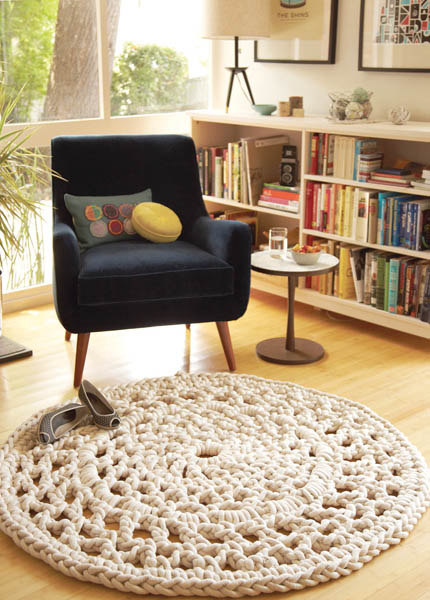 It’s the time for celebrations. Not only is it 4th of July weekend, it's the one-year "blogoversary" of Econesting!
It’s the time for celebrations. Not only is it 4th of July weekend, it's the one-year "blogoversary" of Econesting!
To commemorate the occasion, I dug into the archives and revisited some of the wonderful accolades that have come about because of Econesting: Working with the Environmental Defense Fund's Moms Clean Air Force, a six-page profile in the magazine, Where Women Create, my ongoing association with Care2, being named one of Yahoo's Top 10 Living Green Experts, and getting to "meet" so many of you through your comments and emails.
I won't get too deep into the details of maintaining a blog - Photoshop mishaps, incessant spam, html-hell, etc...But, I will say that it is all worth it to achieve the mission of sharing inspiration that is ecological, educational, economical and evolutionary.
I still LOVE, LOVE doing that, SO...
I’m inviting you to celebrate Econesting’s windy path towards creating a stylish, socially-aware eco-blog with a book give-away!
 The book, Crafting A Meaningful Home: 27 DIY Projects to Tell Stories, Hold Memories, and Celebrate Family Heritage, by Meg Mateo Ilasco, brings together decorative and eclectic DIY projects. The message? Our nests are portholes from which others can glean the personality and energy of it’s inhabitants.
The book, Crafting A Meaningful Home: 27 DIY Projects to Tell Stories, Hold Memories, and Celebrate Family Heritage, by Meg Mateo Ilasco, brings together decorative and eclectic DIY projects. The message? Our nests are portholes from which others can glean the personality and energy of it’s inhabitants.
Crafting A Meaningful Home tells stories that reflect and celebrate the historical and ethnic impressions of the authors.
For example: This chunky Doily Rug, created by Jean Lee, puts a modern spin on a craft she learned as a child – crocheting. Using hemp rope, Lee melds the "eco" and the craft. LOVE IT.
Want a copy?
Simply leave a comment on this post (below) and say what your favorite Econesting post was. Comments close 9am EST on Tuesday, July 5th. A winner will be chosen at random, and will be announced in the comment box. Sorry, open to US residents only.
Thank you so much for making this first year such a success and enjoy the 4th!






